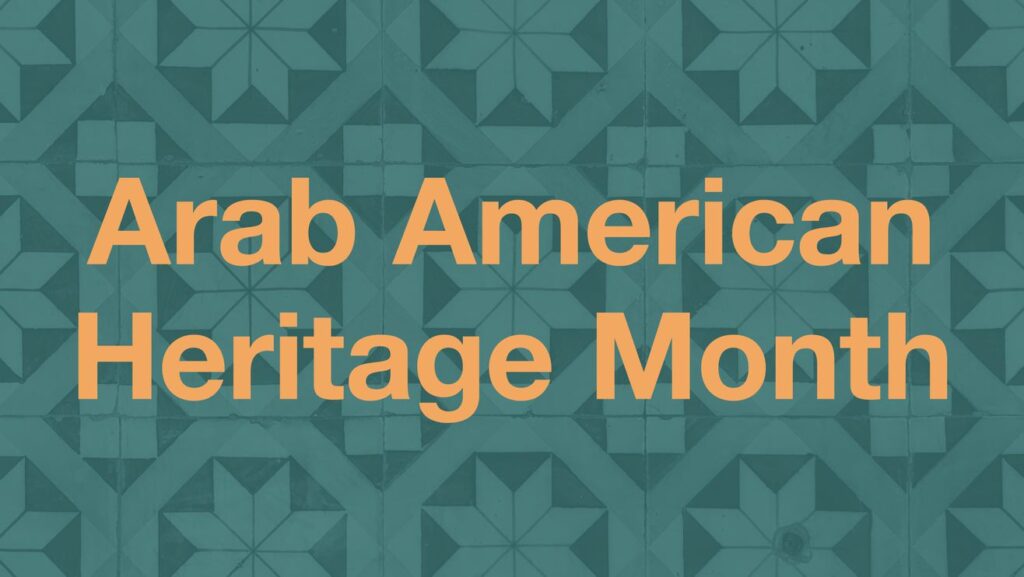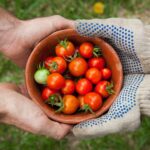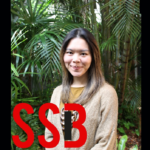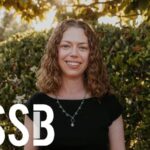Connecting Academia and Civil Society: Walking an Impact Tightrope

I lead research for Oxfam. For decades Oxfam has campaigned to address inequality across the globe. Part of this work involves raising awareness around this issue, but how can an international organization like Oxfam know if it is actually making a measurable difference to people’s attitudes, especially those not already sensitized to the topic?
As a charity, we find this particularly hard to establish day-to-day. We have survey data, but it is often outdated and limited in its coverage. We have our own metrics aimed at measuring campaign success, but these are self-selected targets. What was missing was up to date, geographically diverse, representatively sampled data that could directly answer some of Oxfam’s core questions: what do people actually know and want when it comes to inequality? And can they, in theory, change their minds in favor of less inequality and more redistribution?
This was not something Oxfam had conceptualized or had access to. However, a small but mighty cohort of academic researchers had been working on this very question, using survey experiments set out around information interventions, albeit from a uniquely academic perspective. What was interesting about the research, was the way it cut across the civil society organization and academic worlds: for the former, the resulting data delivers a granular view into our audiences. For the latter, empirical data to test dominant social theories about, ‘homo economicus’ (the idea that humans act in an entirely self-interested rational manner).
From this connection, a partnership took shape. Long-time Oxfam friend and Australian National University researcher Chris Hoy brought his expertise in survey design and analysis to Oxfam. Oxfam on the other hand enabled the large-scale nature of the survey: it made it possible to survey specifically those countries in the confederation where the data was deemed especially important for campaigning or advocacy – for example countries at the point in their election cycle when there is an opportunity to shape policy.
We designed and implemented a complex 10-country randomized survey experiment measuring existing views and preferences of inequality, and whether those preferences were elastic to information specific to inequality in the respective country. The results from this survey, fed into Oxfam’s flagship inequality report, and, later, for country-level policy work. Chris and I also wrote up these results for academic audiences, leading to two research papers.

In my experience, successful partnerships between civic society organizations (CSOs) and academic researchers are scarce, at least if publication is used as a metric of success. Further, especially in high impact journals (even more so in economics) there is reticence around publishing research that has emerged from this kind of engagement. This is in part due to the way success and impact is valued differently across academia and CSOs.
For CSOs impact happens soon after a research project is implemented and just as quickly fizzles out. It is linked to short intense periods of activity within influencing ‘windows’ where there are opportunities to persuade or support decision makers with evidence. Similarly, research in CSOs is also partly driven by the need to generate strong evidence that can be easily understood and is readily deployed. It has to be high quality, but it also has to have the right format and accessibility for the right people, be they time poor decision makers, or mass media audiences. The right fit is a tightrope: to have any kind of impact, it needs to be lots of things at the same time, chief of all novel or eye-catching and with a clearly actionable mandate. Importantly, impact also means offering insights into better understanding our supporters and in what terms to talk to them about inequality.
For Oxfam, another aspect of impact, certainly in the field of economic inequality, is being acknowledged in academic spaces. Being allowed into academic debates on inequality cements Oxfam’s voice as one that doesn’t just speak with moral authority, but also research authority. Many debates about inequality come down to how you use and interpret numbers, and by conducting rigorous research of our own, it demonstrates a commitment to the highest standards of evidence.
When it comes to academic publication these values, present contradictions. For journal editors and reviewers, rapid publication and dissemination can be viewed as a lack of novelty, simplicity and comprehensibility, as lack of sophistication and complexity and speaking with moral authority as bias and lack of value neutrality. Even applicability, can diminish the chance of publication, signaling in a sense that the paper may not make a theoretical or conceptual contribution. Whilst CSO research can be ephemeral, academic research gains traction over time, moving as it does through peer review, academic networks and into the mainstream, with an influential paper in the social sciences having a half-life measured in years or decades. Also important is the role played by research papers, not just as a medium, but as a form of cultural capital necessary for career (and pay) progression. That we managed to push our paper over the publication goal post seems a little crazy; after all, the incentives, drivers and targets for what constitutes success in our two-person team were fundamentally different.
To bridge these differences in our project, there were converging factors that meant it was nonetheless could be a success.
First off, we were mindful to collaborate on each others’ terms: we designed and evaluated this survey in such a way that data would be valuable for stakeholders in both worlds. We also worked together well because we were able and keen to speak to each other’s space. For example, I’ve been co-presenting our findings at academic conferences, and Chris participated in presentations tailored to my colleagues. This helped us to learn about our respective audiences, and to disseminate our findings effectively. Like in any good relationship, at each step of the way, we also had honest chats about each others’ expectations and contributions: who would do which part of the analysis? Who would prepare which presentation? Who was in charge of what audience at which point, and how could the other one step in?
Reading through what enabled impact to happen in this instance makes me realize how complex this partnership has been, but how strongly I believe it should happen more frequently. From my vantage point within a CSO, I would argue it is especially important for academia to be less rigid in how it generates evidence, and more accepting and encouraging. It is heartening in this respect to see impact and even collaboration with CSOs gaining some traction with research funders. However, more than ever, we need research with clearly actionable takeaways for those doing campaigning, policy and advocacy work for a better society. What better way to involve them early on? With more willingness, flexibility, honesty and stamina — as well as a bit of luck, this could happen a lot more.



























































































